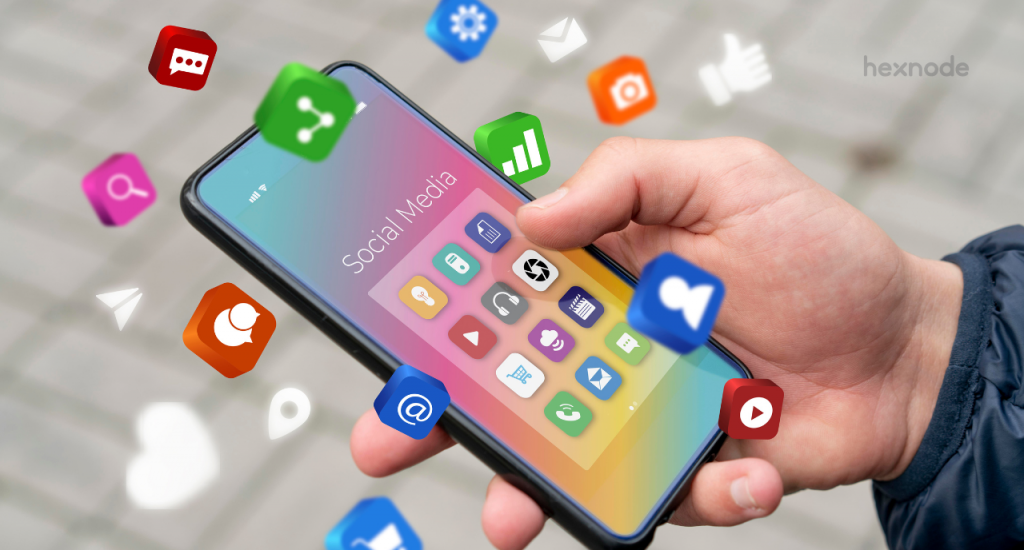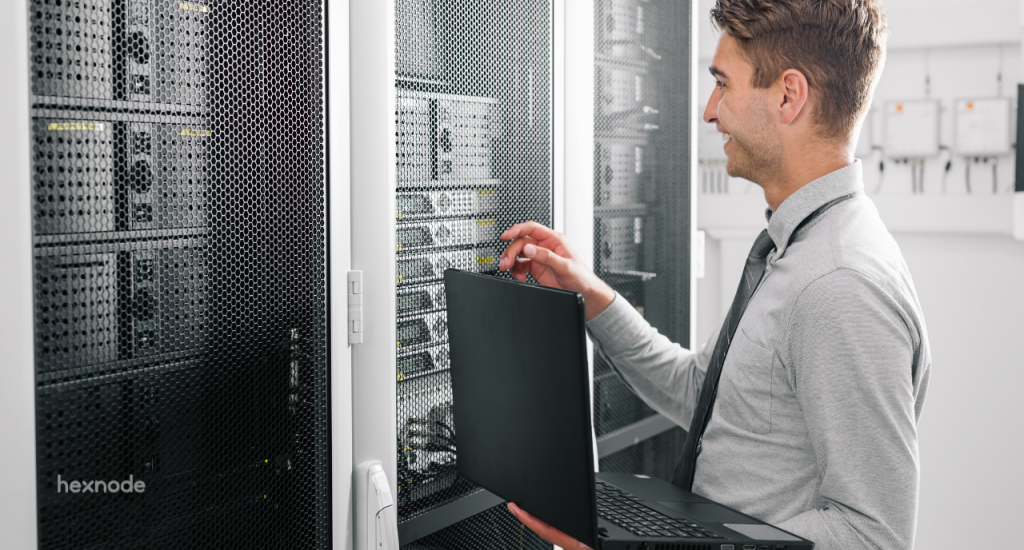What is BYOD?
First, let’s talk numbers. Over 81 percent of people in the US already own a smartphone. 72 percent of kids in school own a smartphone. That number rises to 96 percent for people aged 18-29. All this is from a research conducted by Pew Research Center from January 8th to February 7th, 2019. The research also says that 54 percent of job seekers were more attracted to employers that are open to BYOD and the occasional remote work.
Now, let’s talk facts. The sociological change in how Americans send and receive their data has influenced not only buying habits but also created a cultural stigma that has a love/hate relationship with BYOD (Bring Your Own Device) in educational centers and general workplace environments. While there are benefits of having your own device in certain circumstances, organizations are reworking standard operating procedures, asking employees to sign affidavits, and terminating employees that abuse the technology privileges.
But why BYOD?
You are in class; the teacher is giving notes and you need to take them down. You have your shiny, colorful new notebook ready to go. The teacher hands out boring, covered notebooks and announces that the students must only use the standard school-issued notebooks.
The books all look the same but are named for identification. They are collected at the end of the class, after all, they have to be used again the next day. These notebooks eventually run out and have to be replaced. This costs the school money, not a lot but the point remains.
An outrageous example? Perhaps not. The story is similar for technology in schools. Everyone has the same supplies and cannot be used beyond the regular class hours. They can get difficult for the admins to manage and cost a fortune to deploy, maintain and replace.
Why bother with all this when you can let the students use their own devices?
This is where BYOD comes into play. However, it’s so important to understand the BYOD pros and cons before letting them bring their own devices.
Here’s a breakdown of the BYOD pros and cons.
PROs
Students prefer to use familiar devices
Students are more likely to enjoy studying on their own personal devices. They tend to care more for personal devices than the ones provided to them by their institution. Students also get more time on their devices, kind of unlimited. This can also benefit the teaching staff as it saves a lot of time and effort.
Schools save a lot on bills
With the ever-popular budget cuts, schools can save a ton on device costs with BYOD. They save the cost of device maintenance and upgrading their tech. Institutions usually have a partnership with retail outfits providing student discounts. This makes it easier for the students to get their hands on the latest tech at a reasonable price.
Education flourishes
“With great power comes great responsibility” – the students have unlimited access to their content. This promotes education outside the classroom walls. The learning doesn’t have to end when the class ends, enthusiastic students can benefit the most from BYOD.
Organizations benefit in every way
Just as schools, organizations can save with employing a BYOD setup. The time for employees to get accustomed to a new device can be saved. Saves costs on device purchase and maintenance. The employees are also given allowances for using their personal devices which helps them upgrade and maintain their devices faster and better.
CONs
Tech might be obsolete
It’s unfair to assume that BYOD is good for everyone. Even though 72 percent of students have a personal smartphone, it’s not going to be enough. Everyone is expected to have a device which is still a little hard to achieve. Even if they have a device there is also an issue of the version and platform of the device. The IT admins will surely get a headache managing all the different types of devices.
Management
The continued usage of mobile technology for learning has merit, but young people have an over-reliance on the mobile phone and are sometimes unable to control irreverent behavior. It is impossible to control smartphone use in the classroom setting, teachers are under tremendous scrutiny when they either ask or take a cell phone from a disruptive student. Often students feel they have been violated and subjected to peer-pressure if the teacher used the student as an example. Some teachers even fear physical retaliation from students if they attempt to remove the BYOD from the child.
Security
In the classroom setting, the ethical challenge of securing BYODs meant to continuously monitoring students that were disruptive to their classmates because of distractions caused by personal devices. Not only were students using the smartphone to text during scheduled classes, some students were also sharing illicit material that is pornographic in nature. Other students use their BYOD as a social media conduit; video-recording any moment they feel is relevant to public concerns and posting these experiences on the Internet. Imagine if your employee is on his phone, but you don’t know if he’s working or slacking off, quite a peril indeed.
Privacy
Imagine if an employee loses or mishandles a device, yes there are security measures in-place but allowing the users to take their work home can have its negative effects. In an organization, there is always an issue of data leaking out. The employees need to be closely monitored which in itself is a huge task. They can lose their devices, take the data to a competing organization, etc. This can cost the company a lot more than just devices. The user’s privacy is also under threat in such cases. There is always a risk involved while working via a BYOD setup.
How can you make it work for your institution?
BYOD has its own pros and cons. While the use of BYOD in an institution can be controlled through a contractual obligation between employers and employees that directly addresses the use and abuse of BYODs at work; management is not always around and for some people it is more important to be constantly connected to the social media instead of working.
The same is the case for schools. Hence, it is very important to have a management set–up ready to go. It’s a good idea to review the BYOD pros and cons before making a decision. A competent EMM provider can ease the mind of the institution and will definitely ease the headaches of IT admins, making the management and monitoring easier.





